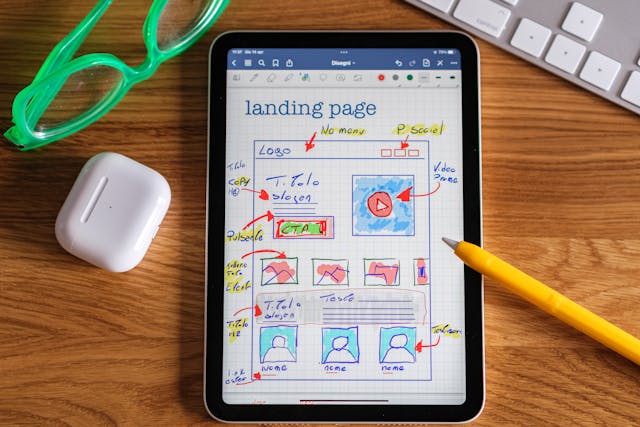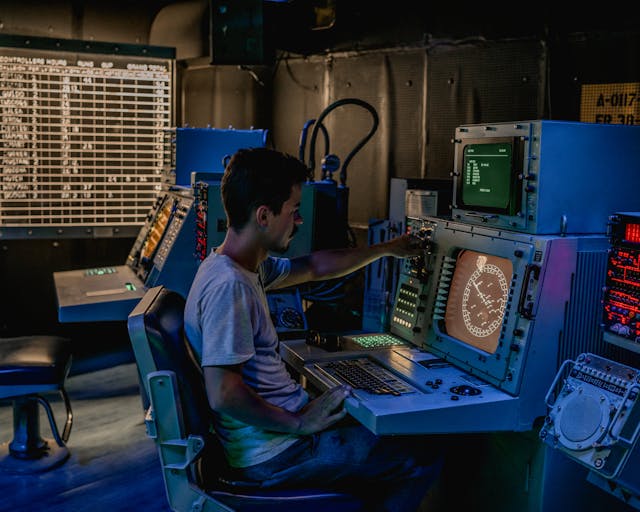
5 Innovative EdTech Tools Transforming the Modern Classroom
Technology continues to reshape every aspect of the education experience for students and teachers alike. While digital whiteboards and online research tools are now commonplace, an emerging wave of innovative edtech tools is taking classroom instruction and learning to new heights. Here are five cutting-edge edtech solutions gaining traction for their ability to enhance engagement, personalize education, and equip students with future-ready skills.
1. Augmented Reality Apps
Augmented reality (AR) has transitioned from a gimmick to a powerful teaching aid that allows students to visualize and interact with lessons in an immersive way. AR apps overlay digital information into the real world when viewed through smartphones, tablets, or AR headsets. Biologists can zoom into a 3D model of a cell. History lessons take students on virtual fieldtrips to ancient sites. Math students can manipulate geometric shapes and see how angles and areas change. Popular AR apps like SkyView, Civilizations AR, and GeoGebra are making abstract concepts concrete.
2. Adaptive Learning Platforms
Personalized learning that adapts to each student's needs has long been a goal for educators. Adaptive learning platforms use artificial intelligence and data analytics to customize the curriculum for each user. The software evaluates a student's performance on practice exercises and quizzes, identifies strengths and knowledge gaps, and then adjusts the instructional content and pacing accordingly. Teachers receive insights into performance to offer targeted interventions. Knewton and DreamBox are two leaders in the adaptive learning space.
3. Online Collaborative Whiteboards
With remote and hybrid learning models here to stay, online collaborative whiteboards have emerged as an indispensable virtual classroom tool. These cloud-based digital canvases allow teachers to markup lessons, diagrams, and multimedia content, while students can participate by typing, drawing, or handwriting on the shared workspace. Instant feedback, annotation tools, and screen-sharing enable real-time engagement in both live virtual classes and asynchronous sessions. Popular platforms include Miro, AWW App, and Explain Everything.
4. Game-Based Learning
The wisdom of using digital games to enhance learning goes back decades, but new game-based learning platforms harness their motivational power with purposeful educational design. Games immerse students in interactive storylines where they apply skills in contexts that gradually increase in difficulty based on their competency levels. Decision points, quests, and feedback loops reinforce learning through productive struggle and iterative play. Companies like Trissta and Boduggo create curriculum-mapped games for math, literacy, history, and other K–12 subjects.
5. Video Management Platforms
Flipped, blended, and online learning have made video a ubiquitous part of the modern curriculum. Video management platforms help teachers easily curate, upload, organize, and share videos with students for instruction, assignments, and assessments. Robust video platforms offer engagement tools like shielded commenting, discussions, quizzes and in-video feedback. Plus, analytics provide insights into viewing patterns and comprehension. Top platforms include Panopto, Kaltura, and Ensemble Video.
Implementing any new technology requires strategic planning by educators to maximize its effectiveness. However, these edtech tools are equipping teachers with innovative ways to capture students' interests, accommodate diverse learning needs, and prepare them for a workforce centered on collaboration, problem-solving and lifelong learning. The modern classroom continues to evolve to shape well-rounded global citizens.






(0) Comment